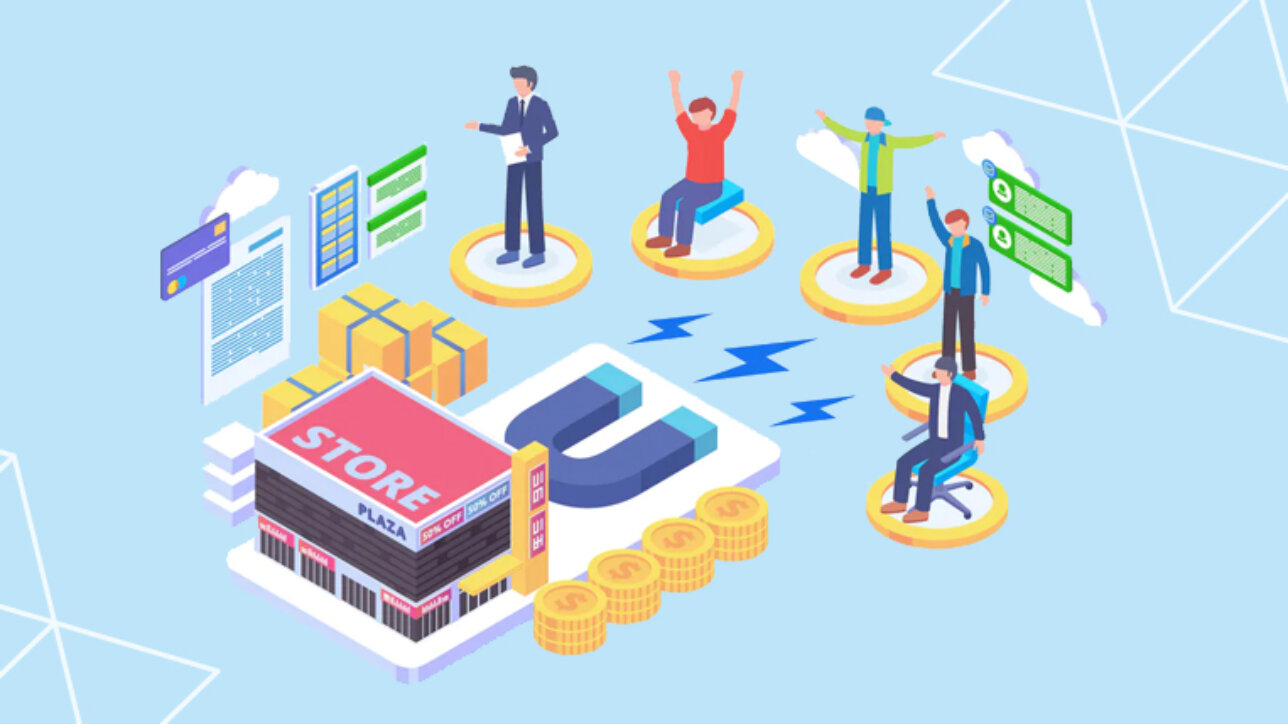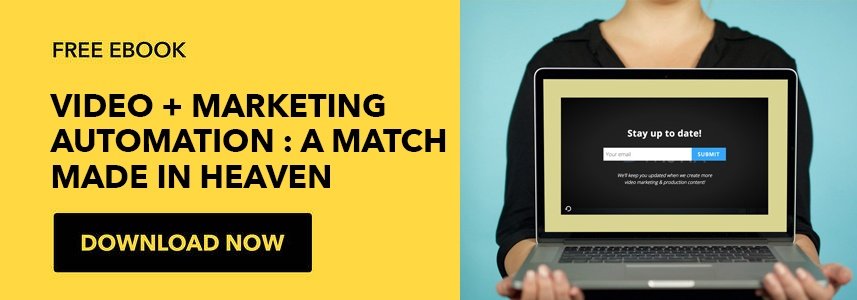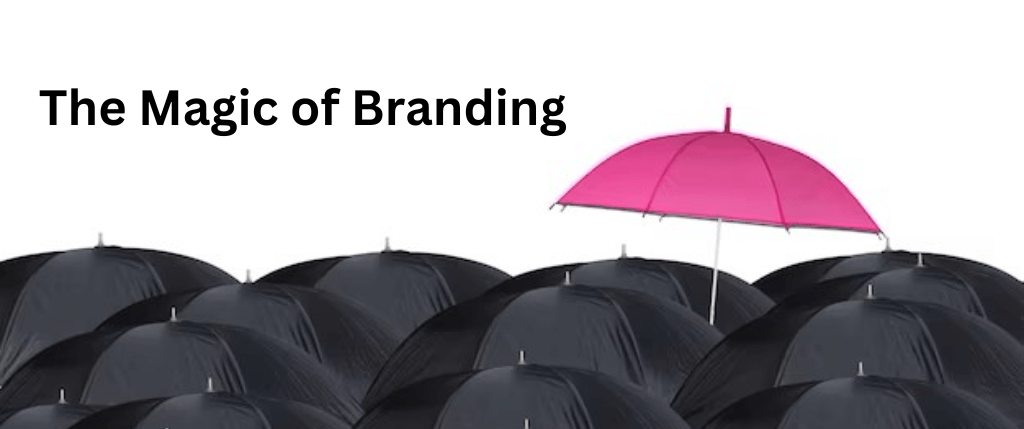The key ingredient behind every successful sale is effective communication. This is where one needs to know and relate to their consumers! Each human acts and thinks in a different way, but the basic way to relate to them and convert them into a customer is more or less the same.
Businesses can build trust, retain the loyalty of the consumers and have long-term relationships with other businesses by knowing them better!
Here are a few of the things you can do to relate better with your clients:
1. Mention your flaws.
Quite an odd thing to begin with, right?
It can be considered as one of the best approaches to achieve transparency and establish trust with your clients. No company is perfect, and when you mention your flaws, you build credibility with other businesses.
Also not to forget, that honesty and integrity are the core principles of a B2B market. Highlighting flaws demonstrates honesty and integrity as a business and a brand.
Apart from this, when you mention your mistakes , your clients get an assurance that the company knows what it is doing, where is it going wrong and what improvements are needed.
e.g.- Share case studies.
Good case studies help the potential customer to see the real-world application. They often talk about problems or issues that arose during a project and how they were tackled. Let’s be real, each project/campaign incurs a kink or two along the way
Case studies are real and honest examples of how buyers think and feel about a product or service, good and bad.
2. Tone.
The way you talk and present yourself is of the utmost importance when it comes to deals. ‘First impression is the last impression’, remember?
Although B2B is a more formal kind of marketing, a friendly tone always helps; in fact, you can even crack a joke or two when appropriate. You should always sound confident, that reflects that you are an expert in your industry, and the buyer can learn something from the expert.
The more a prospective customer and point of contact see you as an expert, the more likely he/she will buy from you. So keep things friendly, but keep things professional, too. In B2B, people often purchase something that costs a significant amount of money and requires a large amount of buy-in, adoption, and team-wide support. That’s some serious decision making.
3. Meet face-to-face.
Always remember, in B2B marketing, no amount of emails or phone calls can beat facetime..
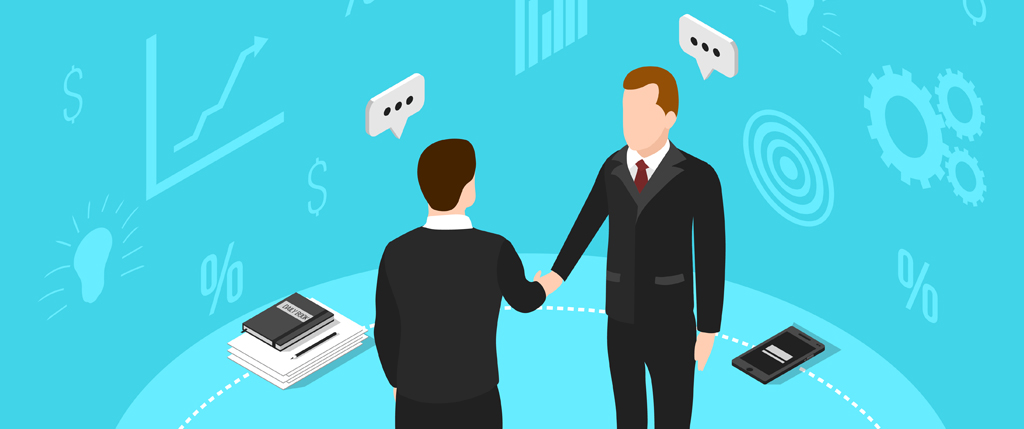
This is the reason why all of us prefer fairs and exhibitions and visit sponsors/ B2B marketers so that we get to understand the offers In a quick and easy manner.
4. Create a Tribe and an Enemy.
Everyone belongs to a certain “tribe” (group) and conforms to it. This leads people to prioritize products and ideas of the group they’ve aligned themselves with. This is also known as Social Identity.
In the same way, just because a person identifies with a brand that connects to their self-concept, then they are likely to stay loyal and continue being a part of the “in-group” brand users. Tajfel, who devised the theory, found that it was easy to divide people into tribes, increase loyalty to their own tribe and have them ‘discriminate’ against the other group. The same theory can be applied to brand loyalty.
Even if the quality at some time reduces, they could be reluctant to stop pursuing the brand.
e.g.- Apple v/s Android!
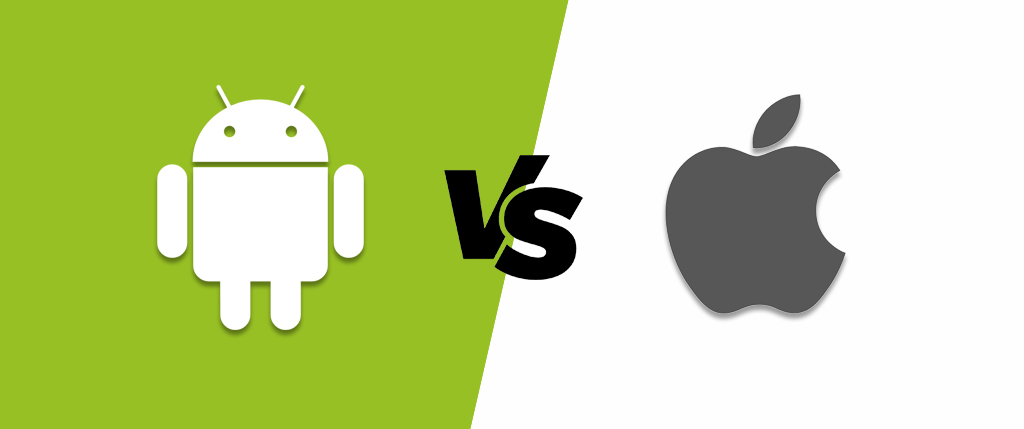
5. Appeal to Sense.
a) Sight
Sight comes first because it’s probably the most important and effective sense for us. In an experiment, participants were flashed images of objects. After flashing a certain number of images, the researchers then presented 2 similar images to participants. One image was an actual image that was flashed but the other was one that looked similar to the actual image that was flashed, and these participants were asked to choose the actual one that they were previously shown. 90% of the distinguishes were correct.
How do we relate this to marketing?
Use VISUALS!!
Make all of your marketing material (ads, brochures, flyers, websites, emails, blog posts, social media, etc.) visually appealing to the sight and colorful. Don’t just overwhelm your audience with tons of text!
Include images, videos, and other multimedia to spice things up whenever possible.
b) Sound
After sight, the next important thing for an ad is for it to appeal to our ears.
Jingles are a great example of a sound used to remember an ad.
e.g.- Airtel’s “Har ek friend jaroori hota hai”
https://www.youtube.com/watch?v=xOKuRPxKRHE
6. Put your audience to work.
If you want a person to remember something longer, make them work for it and put in efforts.
But how do we do that?
While surfing through your home page on Facebook, which post is likely to interest you more?
a) A post with pictures of cute babies and puppies.
OR
b) A BuzzFeed quiz that says “Which ‘FRIENDS’ character are you?”
You’re more likely to choose the second option. That said, how about you too, create quizzes and related activities relating to the range of products you sell, as your marketing campaign. So if you’re an interior designing company, you can create “Which furniture are you?”.
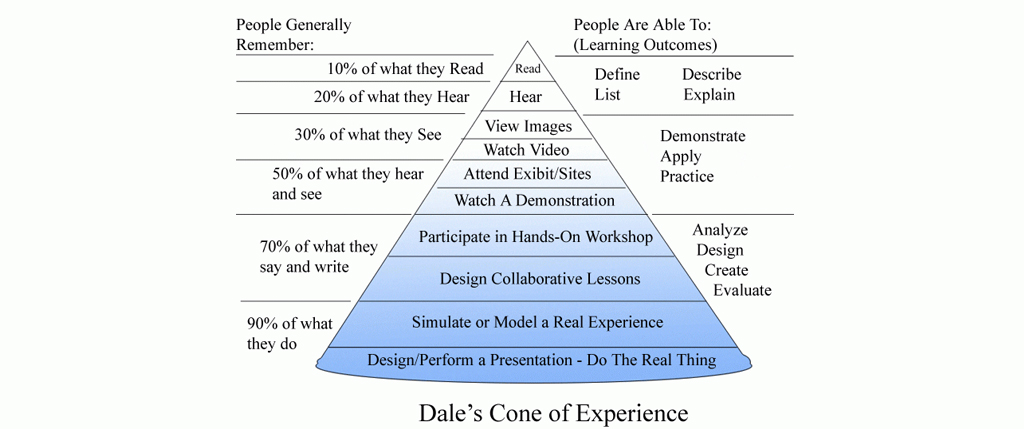
Basically, create something that is more engaging and can make your brand/ad be remembered by the consumers.
7. Frame your pitch in an appealing manner.
Apart from your product, price, and discount, the way you pitch them to the consumers also plays a role in sales.
In an example based on Kahneman and Tversky’s (1984) study:
The original price of jacket was $125 and tripod of $23. The two pitching ways were:
- $113.50 for jacket; $23 for tripod.
- $125 for jacket; 50% OFF $11.50 for tripod.
In both the cases, the consumers are saving $11.50; yet “50% OFF” was more appealing to the consumers and around 68% of the people chose to buy a tripod and barely 29% bought the jacket.
When you make your sales pitch, keep in mind to frame it in an appealing manner even though you mean the same thing!
8. Advance Payment.
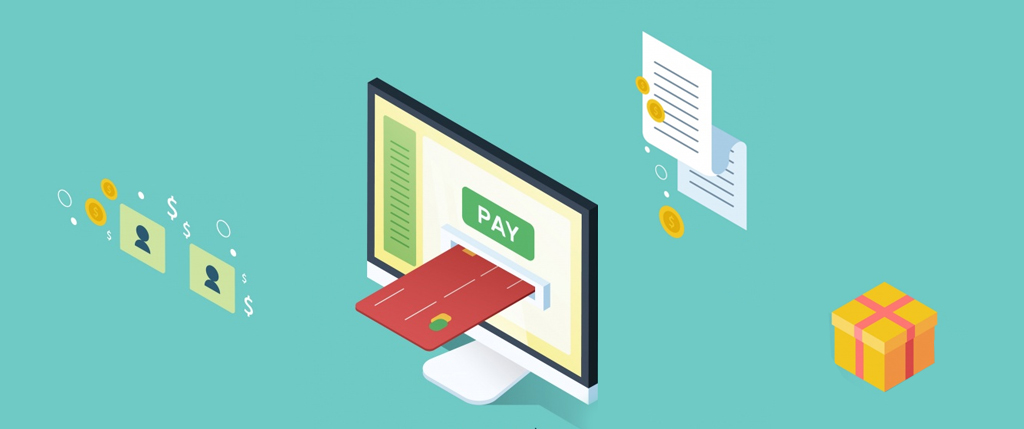
In B2C marketing, payment is usually done on the spot, while buying the product; but it is different when it comes to B2B marketing.
Your entire efforts of creating urgency would go in vain if you do not ask your consumers to pay in
advance, giving them an opportunity to think once again and change their decision!
In conclusion
Know your customers better first, and then try to win their hearts by providing what they need! Although the B2B market involves more professionalism, the decision-makers are humans with emotions and biases too!
Happy marketing !
